'Peter the Great, Collector, Scholar, Artist' at Moscow Kremlin Museums
Artist unknown, Peter the Great, Russia, c. 1815. Oil on canvas, 160 × 117 cm. Moscow Kremlin Museums. Courtesy Moscow Kremlin Museums
MOSCOW - Between 30 November 2019 and 8 March 2020, the exhibition "Peter the Great: Collector, Scholar, Artist" will take place at the Moscow Kremlin Museums. The show is expected to become a major international collaborative project between Russian and European museums holding the objects closely associated with the person of Peter the Great. The exhibition will become a first nationwide project to coincide with 2019-2022 celebrations of Peter's 350th birthday across Russia.
The era of Peter the Great has been traditionally associated in the public mind with major government and administrative reforms, the establishment of the regular army and navy, victories in the Great Northern War and radical transformations in the life of the Russian society. To a much lesser extent, Peter I is known as the patron of sciences and arts, a collector, and founder of the first Russian public museum.
Pectoral Cross of Peter the Great, Moscow Kremlin Workshops, 1672-1689. Gold, precious stones; casting, chasing, carving. Museums of the Moscow Kremlin. Courtesy Moscow Kremlin Museums
For the first time, the exhibition mounted by the Moscow Kremlin Museums will focus on the significance and revolutionary nature of Peter's reforms in the field of art and sciences patronage, providing visitors with a new opportunity to learn of amazing new worlds that Peter I discovered in the course of his travels. The activity and initiatives of the first Russian Emperor gave Russia the opportunity to look afresh at the world and its place in it.
The exhibition will feature about 200 exhibits: mementoes, unique archival documents, regalia, ceremonial arms and armours, outstanding jewellery masterpieces, paintings, graphics, sculptures, glyptics, as well as medals and coins. All these works will set the viewers on a journey to discover new character traits in the personality of Peter I. Visitors will be shown scientific instruments once owned by the Russian Emperor, items from his “Chinese” and “Siberian” collections, as well as rare printed folio editions and drawings chronicling the scope of Peter's artistic and scientific collections which became the core of his newly founded Kunstkammer (or Kunstkamera) collection. Moreover, the exposition will highlight Peter’s incontestable leading role in the establishment of the Academy of Sciences. Personally handcrafted objects and works of art produced by Peter the Great, now held in the museum collections across Russia and Europe, will also prominently feature on display.
Diamond Cap of Peter the Great, Moscow Kremlin Workshops, 1680s. Gold, silver, precious stones; casting, chasing, enamel. Museums of the Moscow Kremlin. Courtesy Moscow Kremlin Museums
Additionally, the exhibition will offer a vibrant comprehensive programme of educational and cultural events including lectures, seminars, interactive learning sessions for children and adults. A music festival Ambassadorial Gifts will take place for the whole duration of the exhibition and will be dedicated to the Tsar Reformer and his time. The programmes of the four festival concerts will feature performances of not solely musical but also literary works of the 18th – 20th centuries.
The objects on display were kindly offered by the Green Vaults Museum (Grünes Gewölbe, Dresden, Germany), the Amsterdam History Museum (Holland), the National Maritime Museum (Greenwich, UK), as well as by such Russian museums, archives and libraries as the State Hermitage Museum, the Naval Museum (St. Petersburg), the Museum of Anthropology and Ethnography named after Peter the Great (Kunstkamera) of the Russian Academy of Sciences (St. Petersburg), the State Museum of Ceramics at the Kuskovo Estate, the Russian State Archive of Ancient Acts, the Archives of the St. Petersburg Branch of the Academy of Sciences and the Library of the Academy of Sciences (St. Petersburg).
Nautilus Cup with hinged lid. Mounting - India, Goa; nautilus shell - Western Europe, mid- second half of the 17th century. Silver, mother-of-pearl, enamel; carving, filigree. Museums of the Moscow Kremlin. Courtesy Moscow Kremlin Museums
Clock 'Bacchus', Germany, Augsburg, late 16th century. Bronze, chasing, casting, carving. Museums of the Moscow Kremlin. Courtesy Moscow Kremlin Museums
Saddle, China, 17th century. Wood, copper, mother-of-pearl; casting, gilding, inlay. Museums of the Moscow Kremlin. Courtesy Moscow Kremlin Museums
Dish 'Venus and Adonis', Sweden, Stocholm, 1698. Johann Schenck. Silver; chasing, punching. Gift from King Charles XII to Tsar Peter I in 1699. Museums of the Moscow Kremlin. Courtesy Moscow Kremlin Museums
Decoration with the portrait of Peter the Great, Moscow Kremlin Workshops, early 18th century. Gold, silver, precious stones; casting, chasing, painted enamel. Museums of the Moscow Kremlin. Courtesy Moscow Kremlin Museums
Epee, Sweden, first half of the 18th century. Steel, wood, copper alloy; casting, forging, engraving. Museums of the Moscow Kremlin. Courtesy Moscow Kremlin Museums
Medal 'In Memory of the Treaty of Nystad', Russia, 18th century. Gold; chasing. Museums of the Moscow Kremlin. Courtesy Moscow Kremlin Museums
Brush washing bowl, China, 19th century. Jade; carving. Museums of the Moscow Kremlin. Courtesy Moscow Kremlin Museum
Two moors with a camel, probably Frankfurt am Main, around 1700-1705. Baroque pearls, gold, cold painted, enamel, silver, diamonds, emeralds, H 12.3 cm, W 5.1 cm, D 3.5 cm, Green Vault, State Art Collections of Dresden. Courtesy Moscow Kremlin Museum.
Georg Friedrich Dinglinger. Half-length portrait of Tsar Peter the Great. Copper, silver with gilding, rubies, enamel. Green Vault, State Art Collections of Dresden. Courtesy Moscow Kremlin Museum.
Ottomar Elliger. Cup with gems. Watercolor. Russia, 1730s. Paper, brush, pen, gilding, ink. State Hermitage Museum, St. Petersburg. Courtesy Moscow Kremlin Museums
Halberd with a quadrant. Moscow, the end of the 17th century. Iron, wood, copper, forging, engraving, carving. Museums of the Moscow Kremlin. Courtesy Moscow Kremlin Museums
The watch is open in a double case. England, London, 1700s. Master Paul Lulen. Copper alloys, steel, blued steel, silver, enamel, diamonds, rubies, gilding, punching, glass, silk. State Hermitage Museum, St. Petersburg. Courtesy Moscow Kremlin Museums
‘Polish’ caftan of Peter the Great, 17th century, Holland. Courtesy Moscow Kremlin Museums
Costume fancy dress of Empress Catherine I (caftan, camisole, skirt). Russia, 1722. Velvet, taffeta, silk, linen, silver gown, fringe, cord and lace, gold and silk threads, weaving, sewing, weaving. Museums of the Moscow Kremlin. Courtesy Moscow Kremlin Museums
Cup. Nuremberg, XVII century. Hallmarks: urban - N in a circle; nominal - almost unreadable. Silver, base metal, carving, chasing, puncturing, gilding. Museums of the Moscow Kremlin. Courtesy Moscow Kremlin Museums

/https%3A%2F%2Fprofilepics.canalblog.com%2Fprofilepics%2F1%2F0%2F100183.jpg)
/https%3A%2F%2Fstorage.canalblog.com%2F03%2F02%2F119589%2F96711876_o.jpg)
/https%3A%2F%2Fstorage.canalblog.com%2F11%2F31%2F119589%2F94773502_o.jpg)
/https%3A%2F%2Fstorage.canalblog.com%2F20%2F83%2F119589%2F94772815_o.jpg)
/https%3A%2F%2Fstorage.canalblog.com%2F26%2F72%2F119589%2F75604929_o.jpg)
/https%3A%2F%2Fstorage.canalblog.com%2F59%2F60%2F119589%2F26458628_o.jpg)
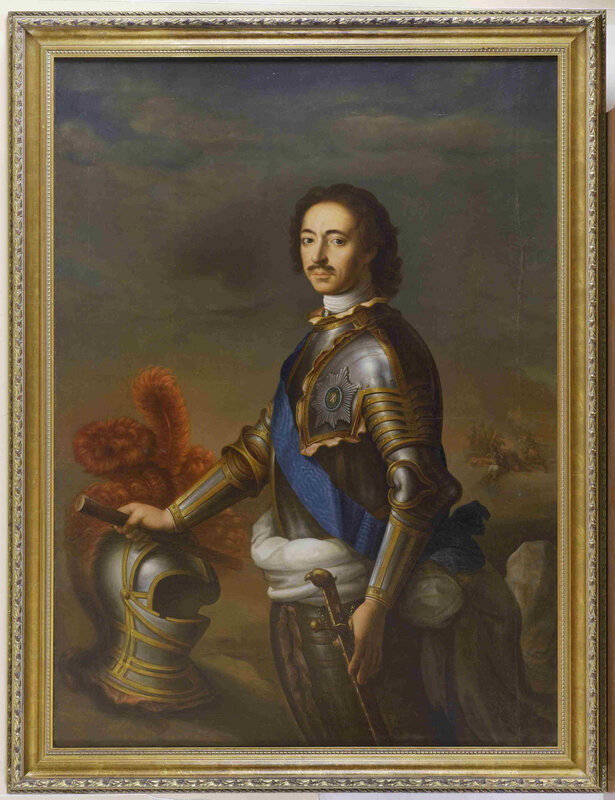

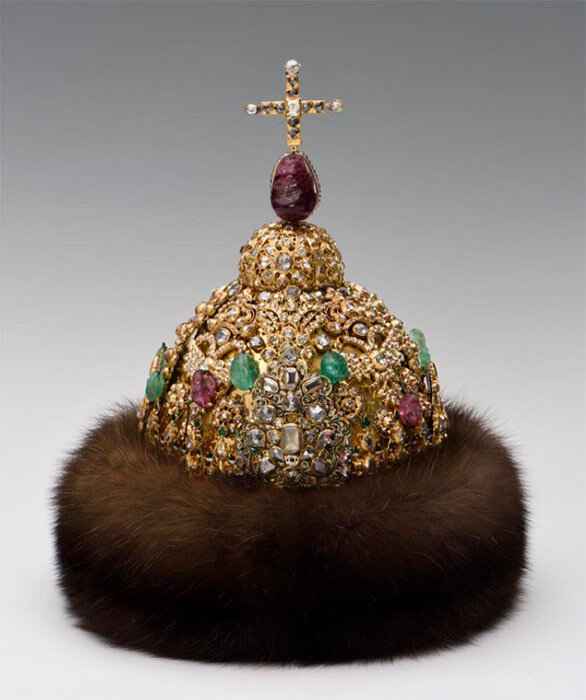

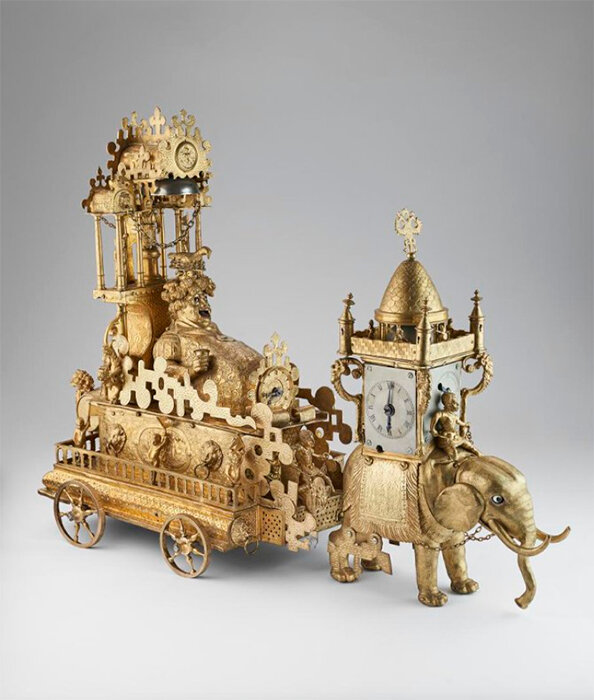






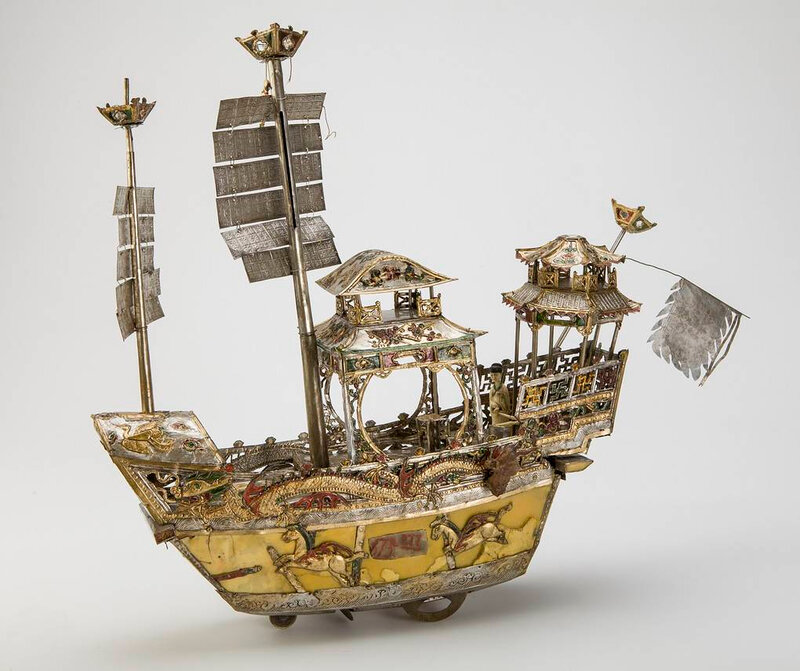

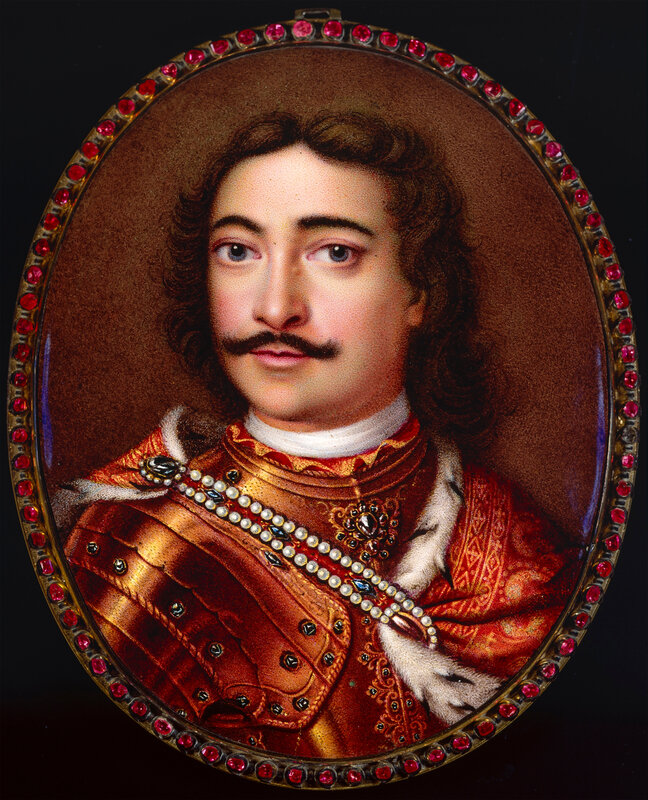


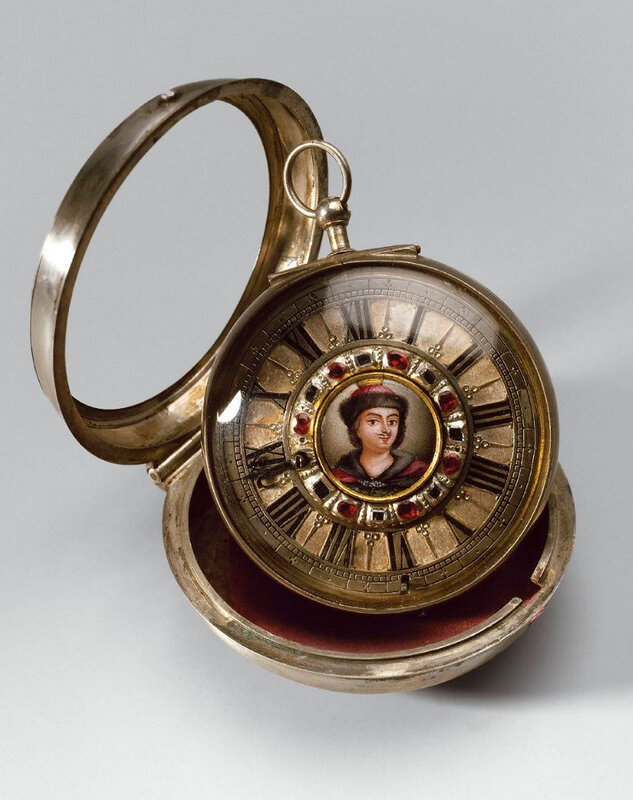





/image%2F1371349%2F20240423%2Fob_b2fe42_telechargement-9.jpg)
/image%2F1371349%2F20240423%2Fob_af8bb4_telechargement-6.jpg)
/image%2F1371349%2F20240423%2Fob_b6c4a6_telechargement.jpg)
/image%2F1371349%2F20240423%2Fob_981d5f_h22891-l367411650-original.jpg)